Porcelain tile is very tolerant to temperature extremes even in cold conditions. The effects are that ceramic tile can expand and contract, to some degree, from exposure to temperature and moisture changes. The more absorbing the ceramic tile the more it will be affected. It is never good to have extremely rapid changes in temperature or in moisture, as we know how glass can crack with rapid temperature changes.
As long as you have proper placement of movement (expansion) joints in the tiled areas and you have a good quality installation, the temperature and humidity changes in seasonal changes or from warming a cold house should not affect the ceramic tile. In other words performance, the standard ceramic tile and porcelain tile are mostly the same, though porcelains are tougher and may be slightly more brittle.
This can make porcelain somewhat more difficult to saw, and cheaper types of porcelain may be more susceptible to cracking if it is in front of cold circumstances, Glazed porcelain can also be more slippery than standard tiles, and crack rate although selecting textured, matte-surface tiles minimize this problem.
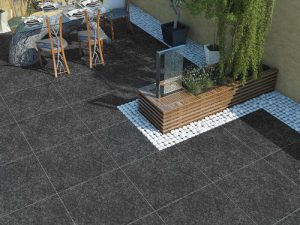
But porcelains offer some impressive design advantages, since they are available in forms that resemble marble and other natural stone, wood, and many other materials and they are hard to crack. Porcelain offers even more design flexibility than offered by standard ceramic tiles.
Effect of frost on porcelain tiles
Frost is an important factor to consider when selecting an outdoor tile. Homeowners may be tempted to use simple and varied ceramic tiles similar to those used inside. Almost all ceramic tiles, however, will suffer in all but the mildest climates, and will quickly deteriorate in frosty, winter conditions.
frost can decay tile or even porcelain tile gradually and bypassing the time frost effect is the cause of porcelain tile decay and they need to be replaced or repaired. Frost-resistant tiles have a water absorbency greater than 3% but less than 0.5 percent, implying that only 3% or less of the water that falls on the tile will be absorbed. Anything more than 3%, and the tile will be easily damaged.
Frost-proof tile is defined as tile that absorbs 0.5 percent or less water and provides the best frost protection available. Porcelain is a very durable tile. There is no such thing as frost-proof tile. Even if only 0.5 percent of the water exposed to porcelain is absorbed, it will cause some damage. In a cold climate, outdoor porcelain tiles will not last as long as interior porcelain tiles.
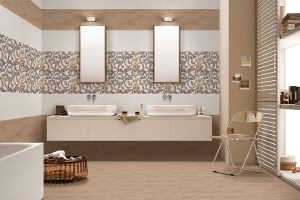
However, the less good absorber the tiles are, the longer they will last. This is why porcelain tiles are preferred over ceramic tiles for landscaping. Frost is an essential reason to consider when choosing outdoor tile. When the water expands, it cracks the wall and floor tile, and when it melts, it takes crumbling different pieces of the tile with it. Porcelain is a very strong tile, and it is unlikely that landlords will come across any porcelain tiles that are damageable.
At what temperatures does ceramic tiles crack
In order to find at what temperatures the ceramic tiles crack, researchers rapidly heated 36-millimeter-long bars of their ceramic tiles to various temperatures before immersing them in room-temperature water. After being slaked from temperatures above 400 degrees Celsius, the unmodified ceramic tiles developed surface cracks.
The material was only 15% as strong after quenching in a strength test. In comparison, the nano fin-covered ceramic exhibited no cracks and retained its strength characteristics even after being quenched from 3000 degrees Celsius, which is close to its melting point.
The research proposed that the temperature variation after rapid cooling is pretty much confined to the nano fin layer, which is about 400 nanometers thick, based on a mathematical model of heat transfer between ceramic and water.
Because the nano fins can expand and contract freely along their length, the nano fin samples do not crack when exposed to water. Song believes the method will work for a wide range of ceramics, but larger chunks of material will require a thicker nano fin layer.
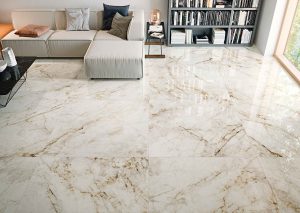
Scientists’ research on experimental results is “remarkable.” He believes that quenching may result in a more complex situation than the authors suggest, because water vapor may mix with the air around the nano fins.
He wonders if quenching in different liquids will produce different results. According to scientists about the nano, fins could be easily worn down by friction, preventing them from being used in circumstances where there is a lot of contact with other machine parts.
Porcelain tiles easily damage
Porcelain tile is a relatively new strong and unmanageable type of ceramic tile that several sellers and customers are unfamiliar with. It is well-known for its strength, sturdiness, and beauty, and is generally regarded as a superior product to standard ceramic tile. Despite the fact that porcelain tile floors are made from many of the same materials as ceramic tiles, they are better made and provide many benefits that other flooring solutions do not.
That is why we are taking the time to discuss the advantages and disadvantages of porcelain tile, so you can decide for yourself whether the product is good investing in for your own purposes. One of the most significant advantages of porcelain tile is its durability. Porcelain tile is made from finely ground clay that is fired at higher temperatures and is intended to last longer than most other kinds of flooring on the market.
If you have pets or are simply rough on floors in general, porcelain tile is one of the best options for long-term wear resistance. You should definitely contemplate porcelain tile since it is both durable and easy to maintain. It is difficult to damage the flooring, and it is possible to replace it piece by piece in the future if necessary.
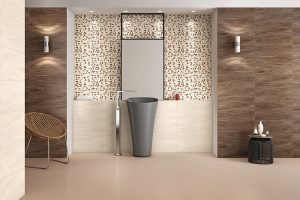
Many people are put off using porcelain tiles in their homes and businesses because they are more costly than other tile alternative solutions, but there is a reason for this. There are numerous porcelain tile advantages to consider, and all of these advantages combine to make a porcelain tile floor extremely appealing. Taking the time to become acquainted with all of the various benefits will make the price tag easier to bear, and before you know it, you could be happily paying for your own porcelain tile installation.
Outdoor tile in cold climates
Take into consideration the intended use and potential abuse of the external tile in a cold climate Take into account the entire installation, including the planned substrate and all the components—tile, mortar, grout, and sealant—and how they all function as a system. Together, carefully chosen materials will be able to weather any challenges the winter may present.
The likelihood of the impending winter grows as the temperature drops in the cold climate Spend time choosing frost-resistant components and installations that can tolerate the harsh Midwest winter. Choosing the correct tile in a cold climate. There are too many different tile products accessible on the market, thus not all tiles are created equal. Making the suitable tile selection for the application and area.
When it comes to tile goods and installations, cold climate areas bring unique difficulties. In the winter, frost causes the ground to heave upward. The ground thaws and shrinks as the weather changes, going below. Installations of outside tiles must be capable of withstanding all this up and down movement without cracking or chipping.
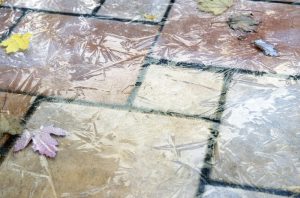
There are some solutions; Use tile-compatible mortar while installing tiles. Make sure the tile is adhered to the substrate and completely covered in mortar. Thin-set mortars that have been treated with polymers are better able to survive freeze-thaw cycles. Mortars with strong bonds and flexibility will permit movement in the substrate because of changes in moisture content.
Grout, Utilize grout that is appropriate for the tile. Grout treated with polymers is a fantastic option because it doesn’t absorb as much water. When utilizing regular grouts, think about replacing water with grout additives. In order to keep moisture from getting into the tile assembly, sealants could be useful. Sealant, Apply a sealer to the tile to protect it from stains and dampness. Natural stone and some other tiles, even porcelain tiles.
Best kind of outdoor tile
Use of outdoor tile areas increases during these days, therefore, you must first install the floor before you can begin positioning your furniture, water features, or fire pits. If you are unsure of what to look for when choosing outdoor tiles for walls and floors, the process might be overwhelming.
To help you choose the best outdoor tile for your external tile installation. Your budget should be your first consideration when purchasing patio tiling. Your options will be constrained by how much you can afford. So set a spending limit first. Your budget will be easier for you to remember and adhere to if it is on paper. Don’t be duped by supposedly low costs. it quickly adds up.
A well-thought-out patio will provide plenty of usefulness for your favorite pastimes. Sit down before you start constructing or renovating your home. Although they are not all made the same way, outdoor tiles can all resist the elements. The durability of different patio tiles varies. This indicates that some outdoor tile is vulnerable to dents, cracks, and other harm.
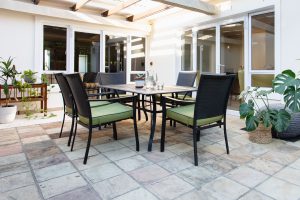
Get an outdoor tile that will last in your region. Consider your intended purpose for the tile as well. Will you hang it on a wall? Do you set it up on the ground? The type of tile you require may change depending on the response to this query. On walls, certain outdoor tile performs better. When laid out on the ground, another outdoor tile performs better.
Make careful you choose the appropriate kind for your project. Ceramic is not as durable as other outdoor tile varieties, but it may withstand light outside use and moderate weather conditions. As a result, ceramic should only be used for covered patios or patios that don’t see many drastic weather variations.
The thinnest tiles for cold weather
Due to the difficulty of selecting the proper items and applying them effectively, many customers are looking for the thinnest tiles to embark on a DIY patio project and they have many notable reasons. A modified thinnest tile mortar will almost always be used as an adhesive for an outdoor patio. Tile or stone is attached to surfaces like cement or concrete using modified thin-set mortar. The “modified” thin-set will be more resistant to weathering and time thanks to the additives in it.
Mastic and mortar that haven’t been updated lack the ingredients that make them resistant to moisture and temperature changes. A modified thinnest tile performs better because it contains more cement and polymers. Because it is so money effect than others .another type is PL adhesive is another common adhesive used for outdoor tiling jobs. It is a moisture-curing polyurethane-based glue that is substantially more powerful than typical construction adhesives.
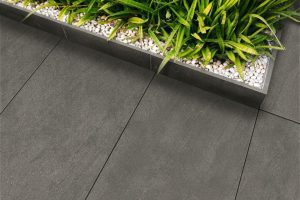
PL adhesive is more expensive than thinnest;. When tiling a tiny, custom project or replacing loose tiles, it works best. Portland cement, fine sand, water, and latex additives are used to make the mortar. Latex additives are not present in unaltered thin-set. The additions strengthen the connection, lessen movement caused by temperature fluctuations, and decrease water absorption.
Both an electric drill and a paint paddle/mixer are required. The majority of modified thin-set cement products are hydrated. Some are mixed instead with a latex liquid. Check the instructions on your bag at all times. combining with water. Different mixing techniques can be used with different types of tile adhesive.
Some require mixing, letting settle for 10 minutes, and then mixing again. You should find mixing instructions on your modified thin-set mortar bag. For the best outcomes while designing an outdoor patio, adhere to them strictly.
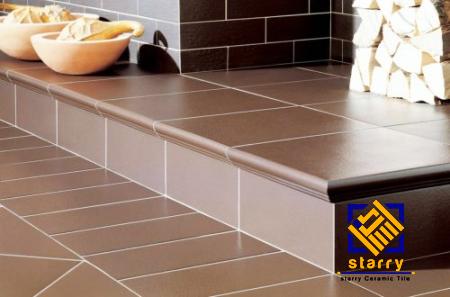
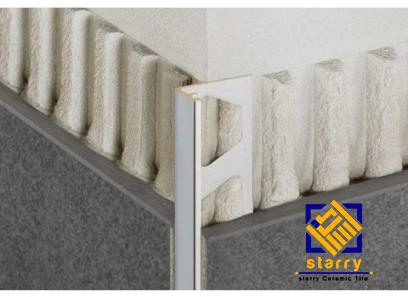

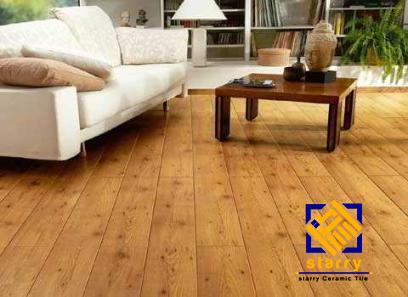
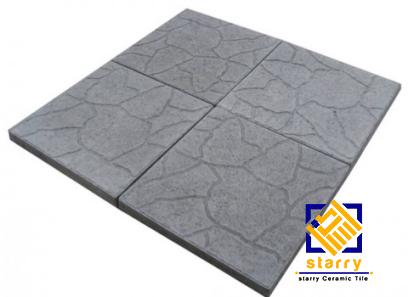


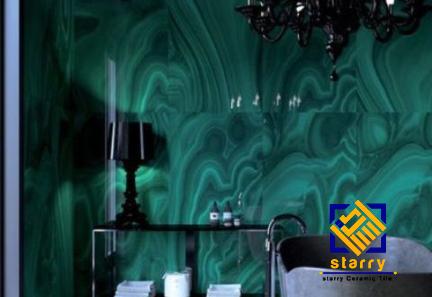

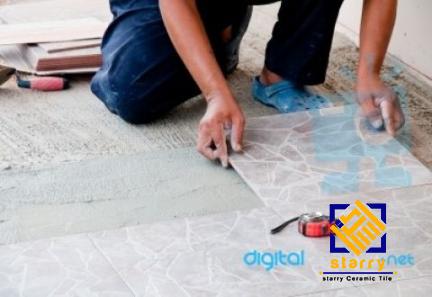
Your comment submitted.